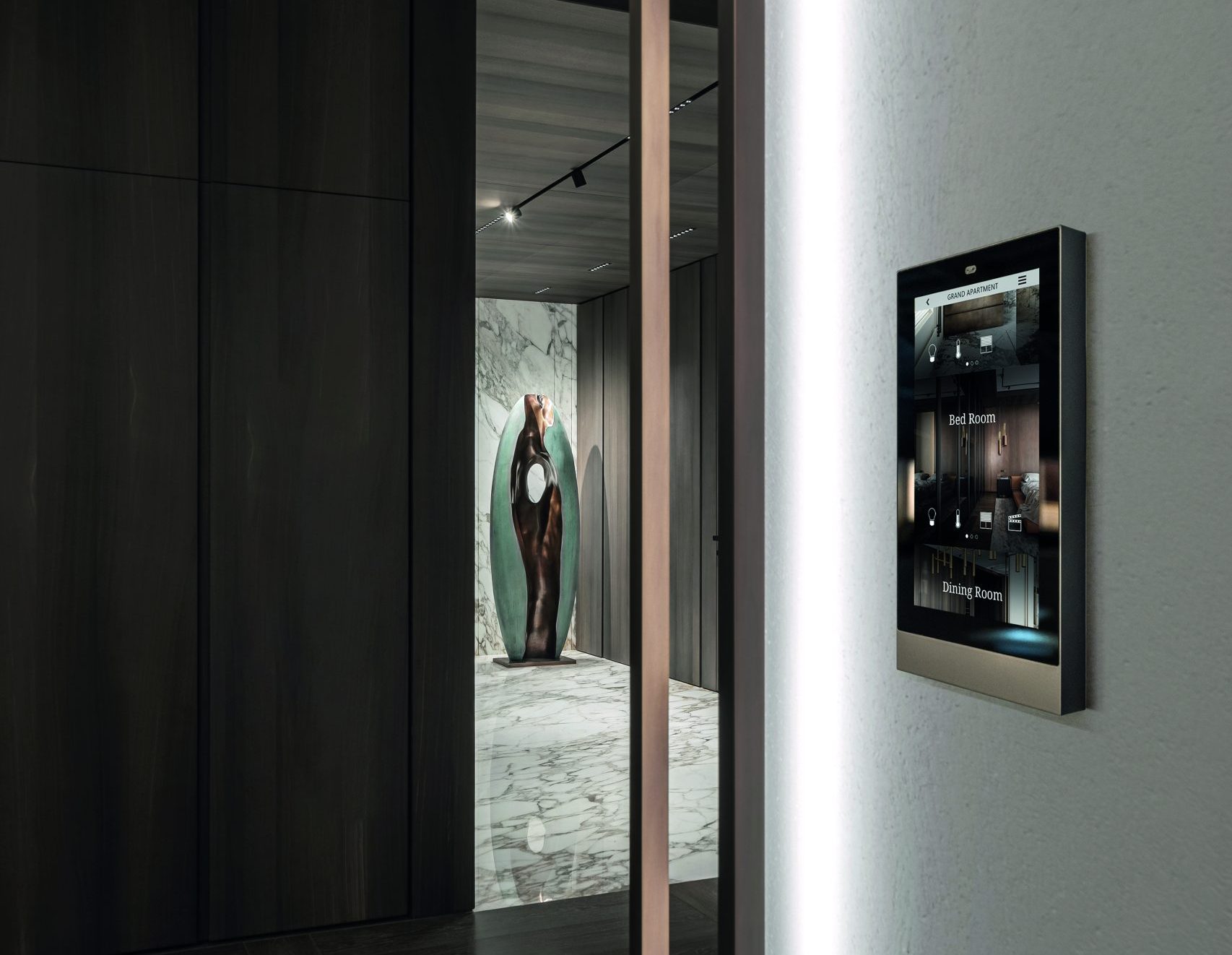In an era where most of us spend over 90% of our time indoors, the importance of lighting extends far beyond simply being able to see. With limited access to natural light, artificial lighting becomes our primary source of illumination – yet its static nature can have unexpected consequences. Human-Centric Lighting (HCL) is a new design paradigm that considers not just visibility but the profound impact of light on human health, mood and performance.
Hidden cost of artificial light
Traditionally, lighting systems have been designed to meet visual needs – helping us navigate spaces, read or perform tasks. However, constant exposure to artificial light with unchanging intensity and color temperature can disrupt our biological rhythms. This disruption stems from our internal clock or circadian rhythm, which is naturally aligned with the daily cycle of sunlight. A lack of daylight during the day can throw off this rhythm, leading to sleep disturbances, mood swings and reduced concentration. In more extreme cases, it can even contribute to long-term health issues.
Biological role of light
Light is a powerful regulator of our body’s internal processes. It influences hormone production, body temperature and cognitive function. In the morning, exposure to bright, cool-toned light encourages the release of cortisol – often referred to as the “stress hormone”, which helps us wake up and stay alert. As evening approaches, melatonin production kicks in, promoting relaxation and sleep.
In 2001, scientists discovered a third type of photoreceptor in the eye, in addition to rods and cones, which plays a key role in regulating circadian rhythms. This finding marked a turning point in how we understand light’s role in human biology.
Human-Centric Lighting
Human-Centric Lighting aims to align artificial light with the natural progression of daylight. Thanks to the emergence of LED technology, dynamic lighting systems can now adjust brightness and color temperature throughout the day. These systems mimic natural light patterns – cool white tones in the morning to boost alertness, neutral daylight during peak activity hours and warm hues in the evening to aid relaxation.
HCL doesn’t just enhance visual comfort. It improves well-being, supports better sleep and can even elevate mood and productivity. This approach transforms lighting into a wellness tool, tailored to human needs rather than static efficiency metrics.
How HCL works?
Implementing a Human-Centric Lighting system involves three main components:
Adjustable light sources that can change both brightness and color temperature.
Smart control systems such as Delego or Control4 that adapts lighting based on the time of day or specific user needs.
High-performance luminaires designed for both direct and indirect lighting, ensuring a natural and comfortable distribution of light.
Automation systems leverage open KNX protocols and DALI standards, allowing seamless integration with other building technologies. For instance, Ekinex’s Delégo system uses an astronomical clock to simulate natural daylight cycles throughout the year – making it possible to transition effortlessly between lighting scenes that support the human circadian rhythm.
Lighting the way forward
As buildings become smarter and more adaptive to human needs, lighting must evolve too. Human-Centric Lighting represents a fundamental shift in how we think about interior environments. It’s no longer enough for lighting to simply illuminate a space, it must support our biology, enhance our mood and contribute to our overall well-being.
Whether at home or in the office, the right lighting at the right time can transform how we feel and function. With advanced technology and thoughtful design, Human-Centric Lighting is not just a trend, but a vital component of healthier, more responsive living spaces.


